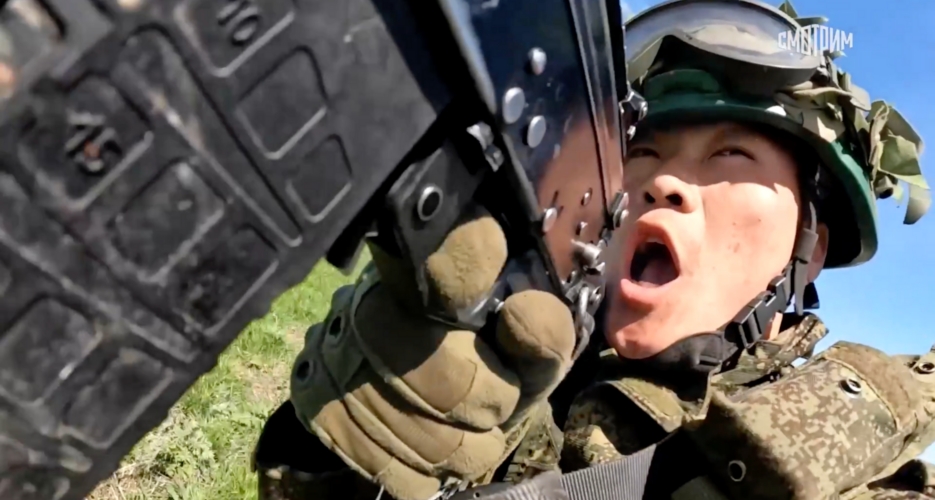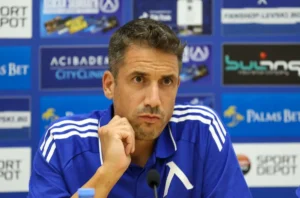
In a significant development underscoring the deepening military alliance between Pyongyang and Moscow, approximately 4,700 North Korean soldiers have been killed or wounded while fighting alongside Russian forces in Ukraine, according to South Korea’s National Intelligence Service (NIS).
This figure includes around 600 fatalities, with about 2,000 injured troops repatriated to North Korea between January and March. The deployment of North Korean troops marks a rare instance of Pyongyang’s direct involvement in a foreign conflict, justified by a 2024 defense treaty with Russia mandating mutual aid during wartime.
The North Korean forces have been primarily engaged in the contested Kursk region, where they have faced formidable Ukrainian resistance. Reports indicate that these troops have been subjected to intense combat conditions, including drone warfare and artillery strikes, leading to significant casualties .
Analysts attribute the high casualty rate to the North Korean soldiers’ lack of experience in modern warfare tactics and equipment, as well as their deployment in frontal assaults without adequate support . The use of “human wave” tactics, reminiscent of earlier military doctrines, has further exacerbated losses .
In exchange for its support, North Korea is reportedly receiving Russian military and technological assistance, including weapons, drones, and satellite technology . This collaboration has raised concerns among Western officials about the potential enhancement of North Korea’s military capabilities and the broader implications for regional security.
The international community continues to monitor the situation closely, with the United States and its allies expressing apprehension over the escalating involvement of North Korean forces in the Ukraine conflict and the strengthening ties between Pyongyang and Moscow.







